By Elena Lespes Muñóz | Images courtesy of Galerie Salle Principale
Patiently and a little by hazard, although with a driven curiosity, he takes out of the box its content and sets on the floor. The holy image of a blue Virgin Mary, a hardened piece of cloth which looks like a seamed card, a handwritten letter whose first lines were read without the aim to understand and little pale photos with gray and round corners. Scattered like that, arranged as a frame touching sand, the set works by blossoming. It´s not that these objects come out of the box with a message in common – time, history seam -, but this arranging and organizing act performed by Ícaro holds some edition. Documentary or fiction, it doesn´t matter.
As I sit beside him, I watch him touch the objects on my great grandmother´s attic. Not shyly, but with the modesty of a foreigner on intimate territory, he lifts covers, pulls papers from a pile of documents, blows dust, stops in miniatures of child objects tied by rough rope, and quickly moves to other objects, he asks questions, he listens. We can´t say he is searching for something, but this tenuous attention he pays to objects, to the stories they can or can´t tell, to their eventual meanderings to other stories, would appear again later while walking on London streets, sharing ideas about the exhibition we were preparing to Galeria Salle Principale.
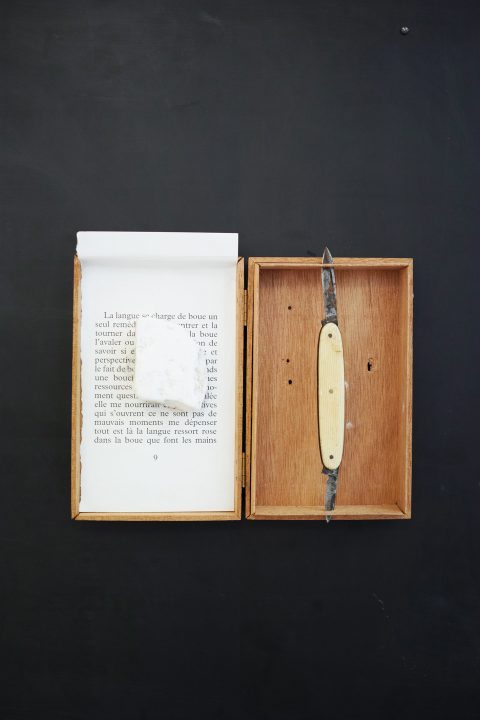
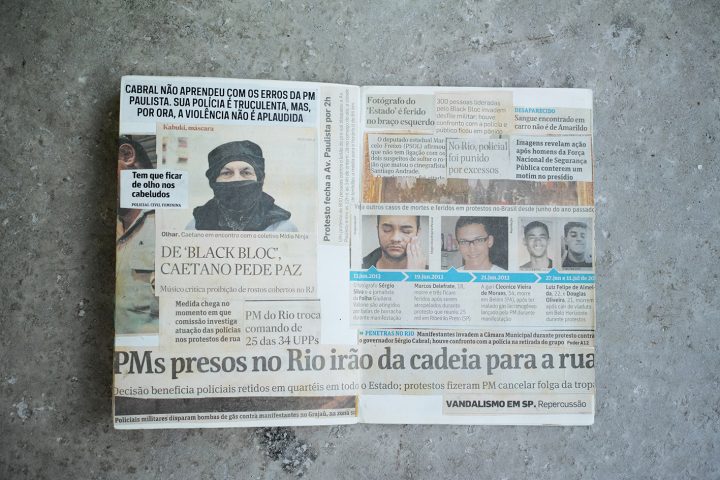
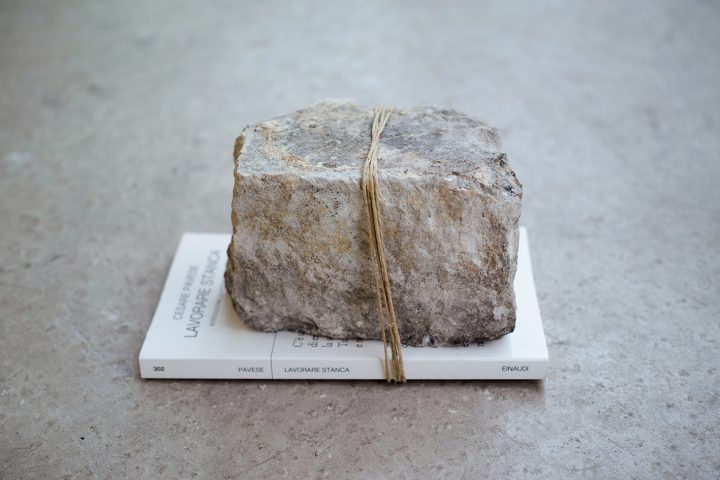
From a few years to now, Ícaro Lira, a Brazilian artist whose first individual exhibition in France focus on displacement, control and social isolation. A history of cracks and movements, migration history is more than an origin history – from where on comes – and it is a history of circulation and demarcation – where one lives, where one remains, what was necessary to stay. Demarcation according to native land, of course, but also to that suffered, implicitly or explicitly, on the new land. What is it to live somewhere? Do we belong to the place where we live in? What defines our belonging to a certain place? To what and to whom are we foreigners? Through the territories of Brazilian northeast where he comes from and never cease to return, to the streets of São Paulo, London, Paris, Naples or a little village in Andaluzia, the artist is always moving. Not more as a traveler then exiled or immigrant, Ícaro Lira does not celebrates nomadism, but is interested in transfigurations – political, economical and social, but also on intimate ones – brought by these circulations. Starting from his trips, which are above all meetings, he brings back objects: wood pieces, stones, pictures, trash, administrative documents, press articles, but also audio interviews and personal notes. So many traces with unique stories that, juxtaposed and on a set, became a weave of fragile meaning and open to interpretation.
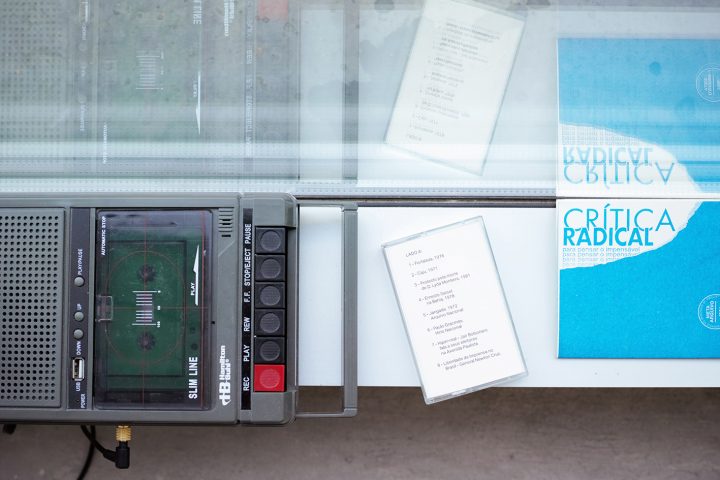
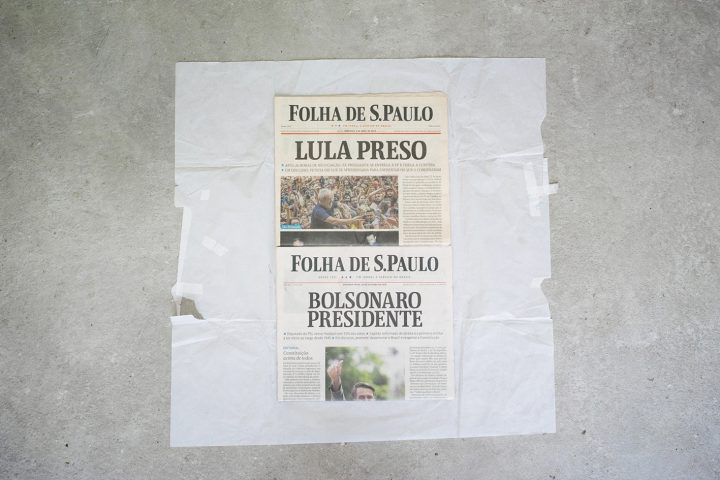
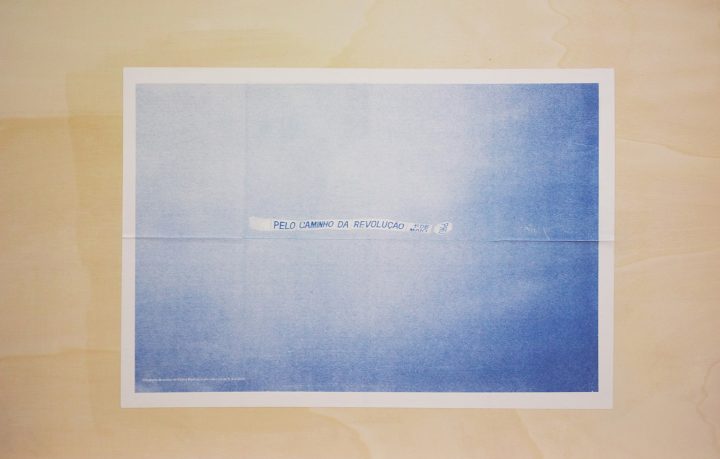
Thus, through distinct accumulation of details, perhaps initially innocuous, something emerges from his work. A kind of narrative is created, or something takes over the place of a voluntary draft. To silence space, go deeper on stories, to allow approaches, as a conscious archivist, Ícaro Lira dedicates himself, however, to the task given to him. With rules of classification, separation, attribution, he prefers the discreet and modest heterogeneous objects and the escape lines by ephemerous association. To say it, but not to favor it. He seeks to tell stories of collective or intimate trajectories by fragile and not noisy groupings in order to highlight irreducible meaning to great narratives. And with monotonous voice he prefers the personal file, a fissile and non-homogenic path by excellence. Thus, the displacement of an object will be always possible and, along with him, a never ending writing. Maybe this is what Ícaro is trying to do here, a basket of fiction: a story that would be told starting from wrecks and papers blindly shoved on the pockets of a blue jeans.
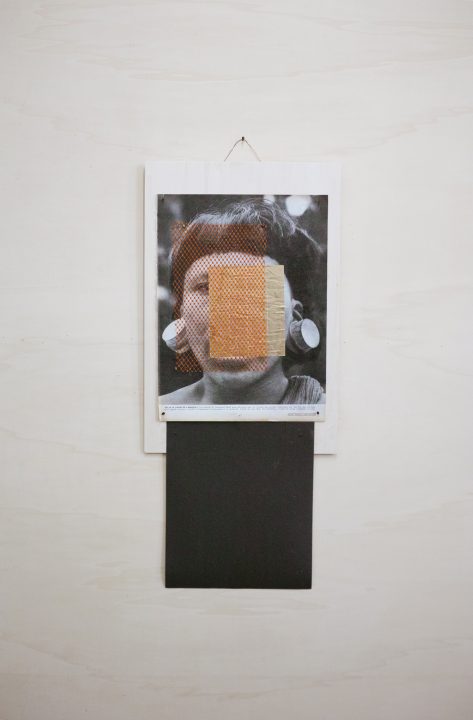
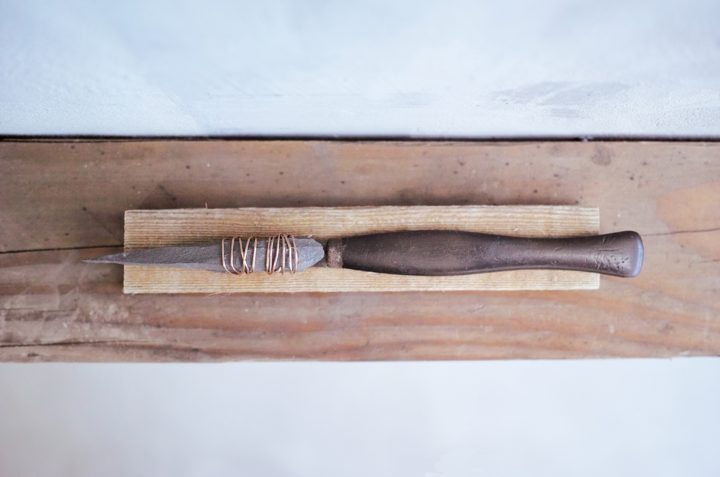
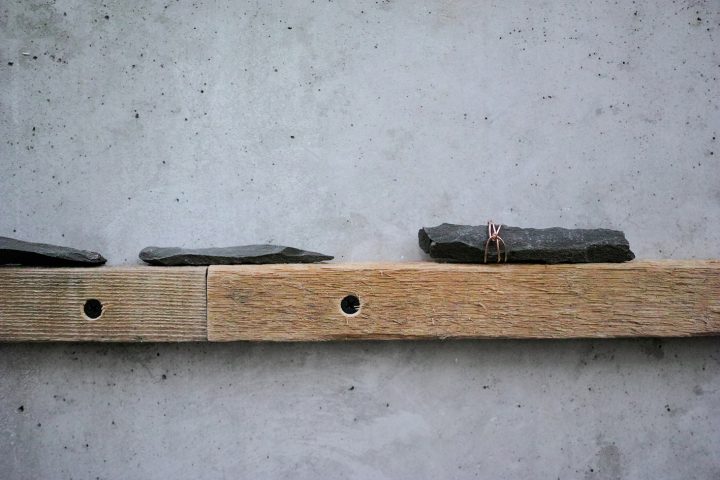
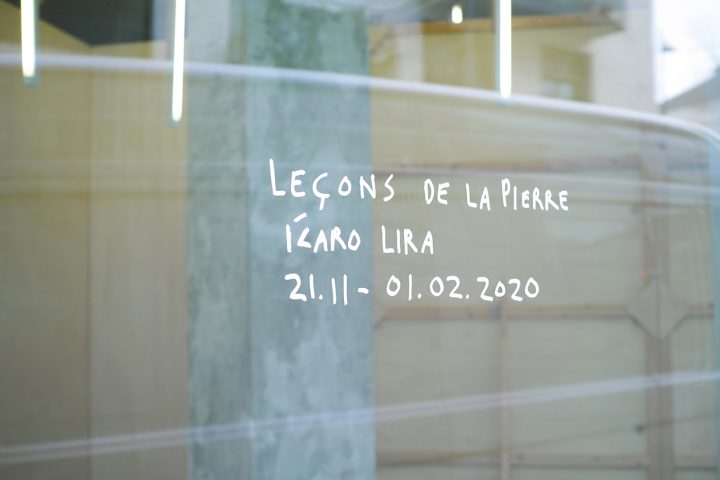
Documents and objects selected and assembled by Lira constitute a plastic agencying combined to a poetic diction. It resembles an inner prose in which his look and thought come to merge into the repeated gestures of displacement, juxtaposition, separation, recovery and association. Objects work simultaneously as signs and signifiers. Beyond the documental value perhaps found on a picture taken from Paris Match magazine or on a one thousand cruzeiros bill, it seems to me that there are two ways of dealing with what is real. The first is based upon an index logic, the document, as a vestige, referring to an specific regime of knowledge and representation is a vehicle of access to the past. To these stories sustained in time and to the silences that, to become such thin membrane, it is due its existence to the palimpsest of voices and memories. But, even so, it would be immediately in debt on its function of proof by manipulation and displacements the artist puts it through. The other, a more precarious one, would reveal a thought: a thought as something that precisely resists to the intelligible. For that matter, with details such as a dry pomegranate, or a piece of slate, Ícaro works more with connotations than with certainties, managing, on its own insignificance, to reach something of the real. It would be wrong to conceive these documents and objects as the only way to access the facts, to search by details, a meaningful line that would conceal a proper importance and justify its presence in the arranged device. Instead, they make us think about how to access the facts they manage to told. Two issues of Brazilian national newspaper – Folha de São Paulo – one from April 8 th 2018, another from October 29 th 2018, are set side by side on the floor, on the wrapping paper used to transport and to protect them. One announces Lula´s arrest, the other Bolsonaro´s nomination as Brazilian president. Ícaro took with him these editions on his suitcase, for over a year, without knowing what to do with them. Neither knowing what to do with the content of their messages. Lightness, I am not sure – preso/peso (prisioner/burden). Its materiality resists to speech.
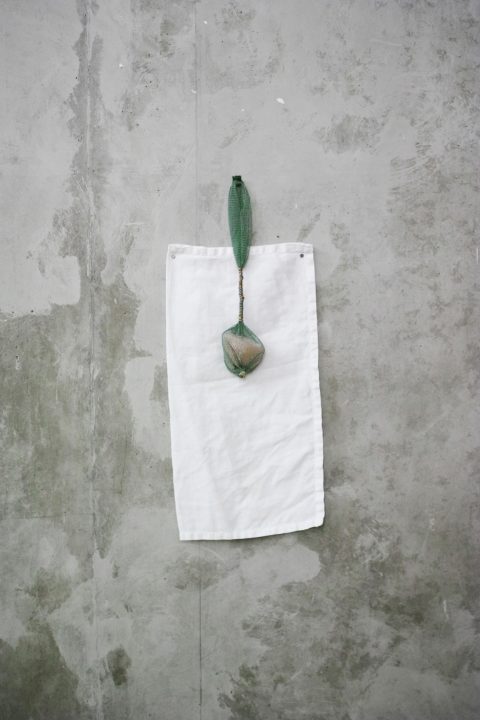
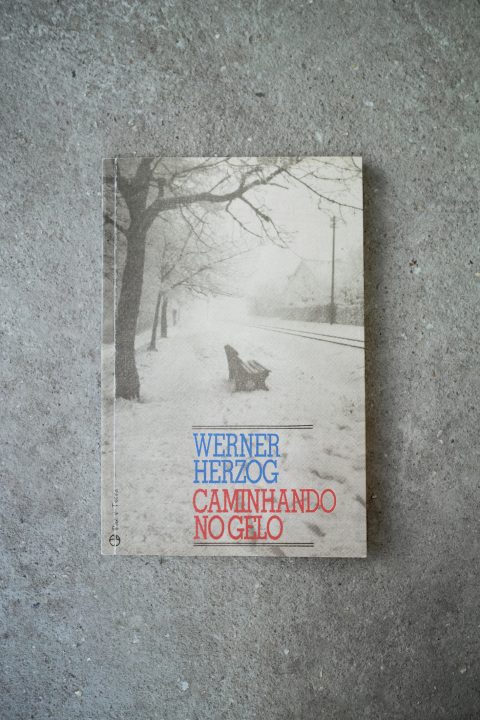
Ícaro´s assemblages mischief any integration form over an exceeding speech, they escape from linearity and the display. They prefer the possibility of intimate investment to the synthesis of a totalizer speech. The index paradigm is, therefore, blocked. Set here and there, objects such as a piece of obsidian rock, Chiquilin stickers or a book, go along with the works – all of them made of other objects – highlighting its material an unbending dimension. The work becomes, thus, the display of a personal collection, by which it is possible to read stories excerpts that often is about vestiges Ícaro picks up. In this set, objects never work per si, but enchained on a display and assemblage logic.
So, it is less the restitution of a story that unfolds before our eyes than a close connection to it. With an approach that does not aim to be shut down, but that offers itself, as hearing to plurality of stories and voices, to its vulnerability. Ícaro Lira holds deep empathy by lives experiences. The exhibition at Galeria Salle Principale appears like a knot. A temporary knot of voices, meeting, stories, crossed territories, inhabited and carried out inside each person, of distinct temporalities often reoriented by new collages. In this way, it does not act as the institution mode, but more in the act of breaking and opening. Annunciation is plural and specular. Make itself suddenly heard, through sequences and articulations of the montage, in the echo of meetings from its birth and brought by it.
Elena Lespes Munoz. Paris (1988). She lives and works in Paris. Art historian (Universidade de Paris 1 and Universidade de São Paulo. She coordinated comtemporary art projects in Fundação Kadist, worked at Artesur Association (regarding Latin American contempory art) and in Galeira Aline Vidal, besides being curator of exhibitions (Le bruit des choses qui tombent, FRAC-PACA, 2017; Video SUR, Palais de Tokyo, 2018). Nowadays she is mediation and communication manager of CAC Brétigny.

 Español
Español